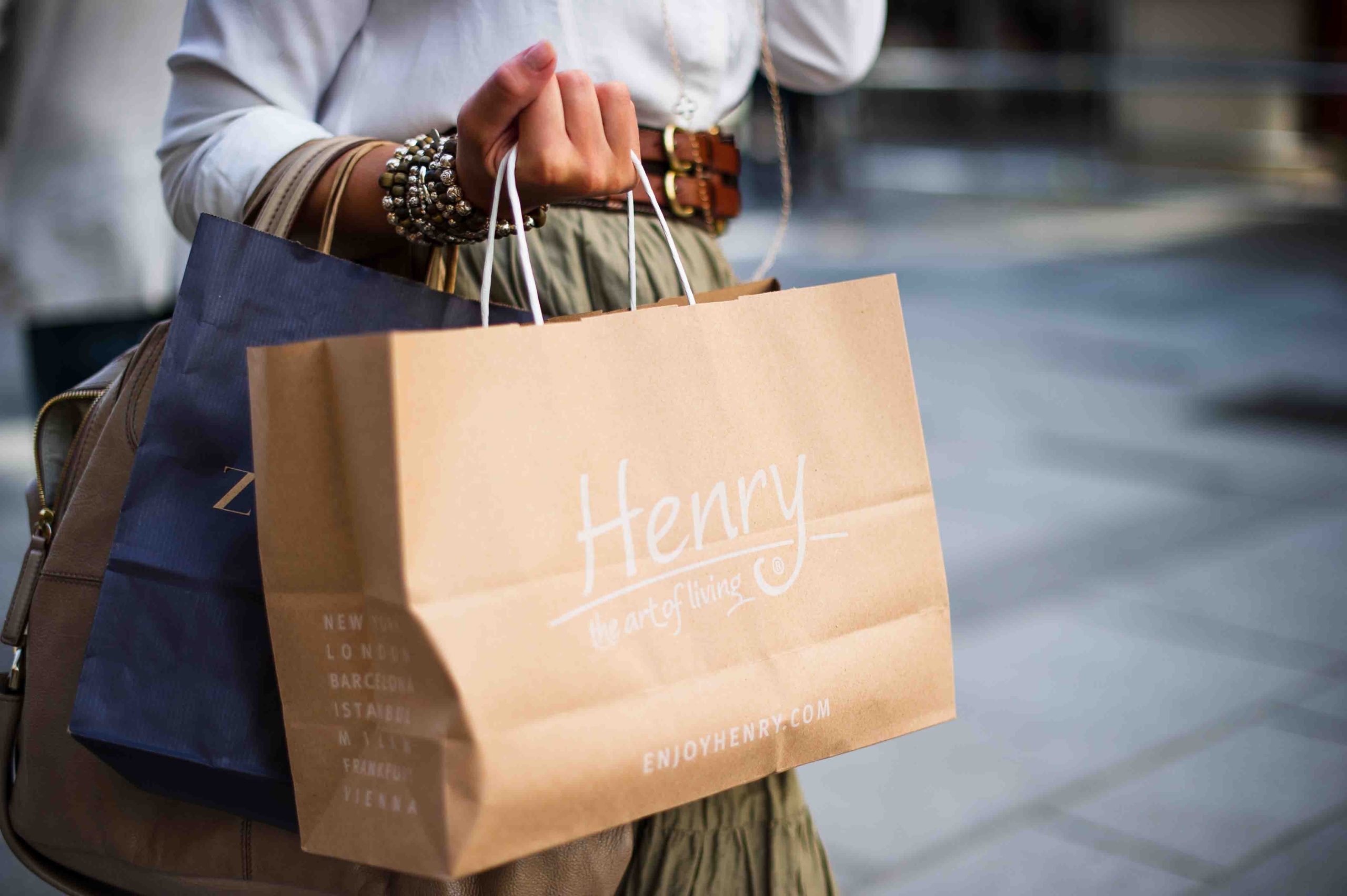

Deborah Weinswig, CEO and Founder of Coresight Research
July 14, 2020The retail industry has undergone enormous upheaval because of COVID-19 and the resulting shutdown. With consumer behaviors changing, retailers are struggling to adapt, retail expert Deborah Weinswig reported at a recent Golden Seeds Trend Talk. Deborah is CEO and Founder of Coresight Research, a research and advisory firm specializing in disruptive technologies reshaping today’s retail landscape. Her comments, summarized here, explore the current situation and look ahead to the next steps. This is one in a series of Golden Seeds Trend Talks focusing on topics that are relevant, instructive and inspiring.
When you think of industries disrupted by COVID-19, retailing is probably at the top of the list. The pandemic forced physical stores to close, causing a major shift to online shopping. That placed new demands on retailers, who rushed to optimize their supply chain inventory, rethink their merchandise assortment and attempt to forecast demand in a market full of unknowns.
Here’s a look at recent developments and the current landscape, along with a glimpse of what’s ahead.
Three months of massive change
During the first three months of COVID-19, the industry experienced a tectonic shift. In February, we were shocked as we saw what was happening in the rest of the world. In March, we realized that COVID-19 was hitting this country. Sales of essential goods spiked as consumers restocked pantries, while sales of nonessentials dropped 25% from February to March. In April, overall sales volume fell as restocking and hoarding subsided. We started to see retail recovery scenarios.
Now that the dust of the early days has settled, a few trends have become clear—some painfully so. With stores shuttered and consumers sheltering at home, there has been a significant move to shopping online. That shift, coupled with falling demand and financial distress, is forcing retailers out of business.
At the beginning of the year, we expected about 8,000 closures following the “cleanout” of 2019, which saw nearly 10,000 closures. On March 1, we raised our 2020 estimate to 15,000 store closings. In April we upped it to 20,000 to 25,000. We hope that’s too high, but we recognize the serious challenges facing physical retailers.
Those business failures will affect a large segment of the population, most of them women. About 16 million people work in retail, the second-largest workforce after healthcare, and 70% of hourly associates are female.
Reopening: What it looks like
As many states loosen stay-at-home restrictions, consumers are prioritizing other activities ahead of shopping. They’re anxious to visit friends and family, get their hair and nails done, and dine out—activities that were curtailed for months.
They won’t stop shopping completely, of course. Everyone will continue to buy the basics, and nonessential demand will return gradually. Looking ahead to the holidays, most retailers are buying 50% of the volume they did in 2019, and they expect holiday demand down about 20%.
On the retailer side, reopening is confusing. Retailers say they have little notice about start dates, giving them scant time to finalize preparations. They’re also confronting a maze of regulations that vary not only by state but by municipality.
So far, traffic is up, probably because cooped-up consumers want to get out. Though online shopping has been a lifeline, many prefer to see products before they buy them. Shopping in person also enables them to know instantly whether an item is available—no out-of-stock surprises. Open-air shopping districts are doing better than enclosed malls, according to our survey, which shows that about half of shoppers are avoiding shopping malls and centers.
Retailers can win shoppers back by offering curbside or drive-through pickup, contactless delivery and payment, and in-store inventory replenishment. They can also make shoppers feel safer with visible precautions such as taking customers’ temperature, providing masks and closing dressing rooms.
Selling packaged items from backroom inventory is another smart tactic. Consumers choose an item displayed on the floor, then a sales associate uses digital technology to check stock and supplies a fresh product from the storeroom. Besides assuaging buyer fears, this will eliminate the need to restock floor displays and manage try-ons.
On the downside, once stores reopen, consumers will be returning online purchases they couldn’t examine, touch or try on. Returns have always been a problem for the industry, and the pandemic will only make it worse. Last year, the estimated value of returns was $480 billion, and that’s likely to rise this year. Retailers are exploring ways to reduce future returns, which represents a significant opportunity to improve margins. Fewer returns would reduce waste and keep products available for other shoppers.
Department stores are adapting

All these developments have forced major innovation in the retail industry—as much in the past 10 weeks as in the previous 10 years. There are changes in assortment, with inline retailers paying rent to major department stores, such as Macy’s, to sell their products. Department stores are consolidating inventory, moving product to open stores from locations that have closed.
Retailers have reconfigured calendars for apparel and footwear, affecting the entire supply chain. They’re rethinking whether to buy merchandise for the current season or move to a seasonless assortment. Some retailers canceled spring, summer, even fall seasons.
Sustainability underlies some of those decisions. Those who canceled seasons packed the clothing away and brought in the next season. Others are liquidating inventory at off-price stores or on new platforms. One interesting trend is the unprecedented movement of goods from the U.S. to China, liquidating in a different market at higher margins. Alibaba, a Chinese company, will accept U.S. inventory, build a storefront and help retailers with marketing.
Some landlords are helping retailers “on the bubble” stay open, offering concessions such as rent abatement or forbearance and the option of tacking missed payments on later in the lease. There’s an incentive for them to do so. If a mall loses an anchor store, that changes leases based on co-tenancy, so it will benefit the landlord to help other retailers.
We’re urging retailers to have one-on-one conversations with their landlords to see if they can negotiate rent in line with true sales. We’re also advising retailers to work with startups to obtain new technology solutions at lower cost than from major providers.
The pandemic has wrought major changes in brick-and-mortar stores, and that’s going to continue. Customer interactions with sales associates will be different and more customized. Shoppers can use “virtual try-ons” of cosmetics and clothing in stores, a technique borrowed from online. Contactless technology is another trend: Robotic assistants can help shoppers find items in big-box stores, for example.
The shopping experience itself may become more entertaining. We believe retailers should take a leaf from their counterparts in other countries and make their stores more fun. Offering prizes and freebies and making a “festival” of shopping can entice shoppers back to physical stores.
In the wake of COVID-19, shutdowns, mergers and acquisitions in the retail market are very likely, but retailing will go on. There is still a need for physical stores, though they won’t look the same, and shopping will be a new experience as we move forward.